Top 6 Gross Things You Can Eat for Survival

If you are a lover of adventure, at some point in your life you will face the problem of not having anything to eat in a situation of serious survival.
One of those strange but profound realities about survival is that you could be in a place considered to be a desert and yet still be surrounded by food.
However, it could be a food that is not very desirable to you or anyone. Nevertheless, we have to be realistic about what we might have on the menu and how it would affect our survival.
Eating bugs and other unpleasant things may be our only option, and if it is a choice between life and death, there is nothing to think about. Therefore, here is a list of the gross animals you can eat to survive. Here is some good news: some of these are really healthy and good for your body.
Rats
One of these animals to consider are rats. These creatures can be found in the forest and usually hide in underground places. They are a great alternative for obtaining proteins in the woods. However, you must be patient when you pursue this animal because they can run so fast to avoid their natural predators.
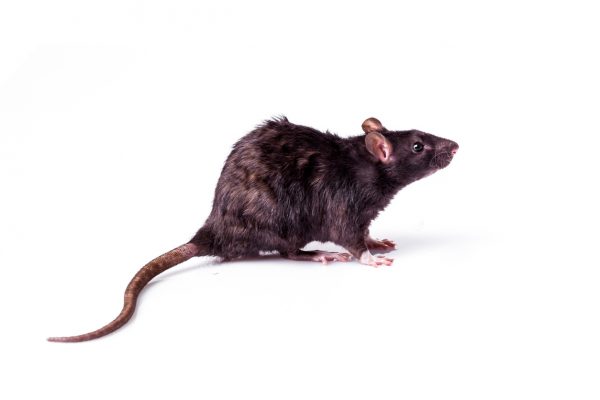
Ants
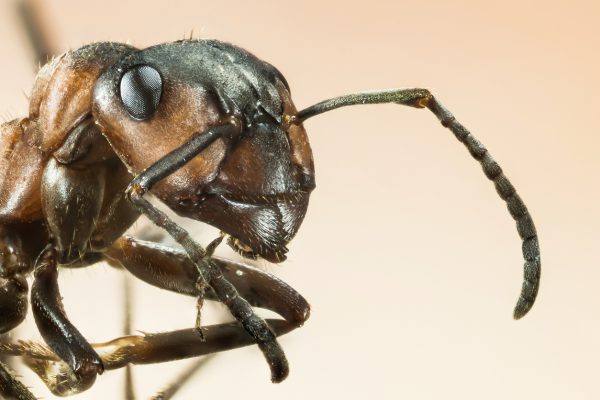
Ants can be easy to collect in large amounts if you find a large colony. Some have a lemon-like flavor thanks to an acid contained in their bodies. Whether they are roasted, boiled, or eaten raw, ants can help you stretch the hours until the rescue team arrives or until something more substantial is available to eat.
Red ants have approximately 14 grams of protein, along with surprisingly larger amounts of iron and calcium. In Thailand, ants are considered the most delicious insect. So, do you agree with them? Well, there’s only one way to know, right?
Slugs and Snails
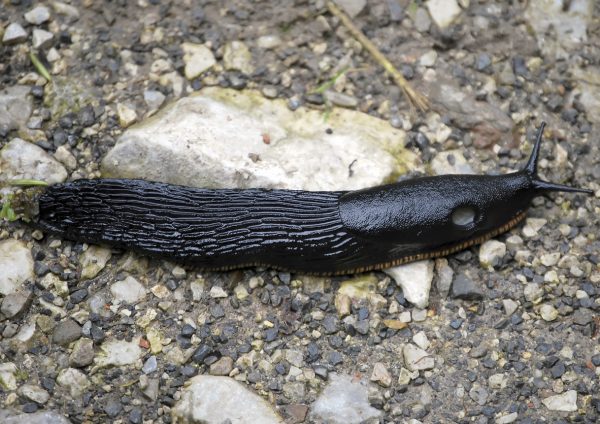
Let me say from the beginning that this is not an option that I would love. However, if it came to eating slugs or starving to death, they would pass for food. Slugs and land snails are generally safe for human consumption – that is, after complete cooking. The nutritional value of a slug or snail certainly justifies the effort of collecting and cooking them.
These creatures have approximately 90 calories per 100 grams of “meat,” which is high in protein (12 to 16 percent) and rich in minerals. However, the best option between slugs and snails are the latter of the two. This is because slugs are more likely to eat toxic mushrooms. Snails, in contrast, tend to eat more plant material and manure.
Grasshoppers
Grasshoppers are already a favorite meal in several countries, such as Thailand. For an alternative source of protein while out in the woods, grasshoppers are a great choice if you can catch them.
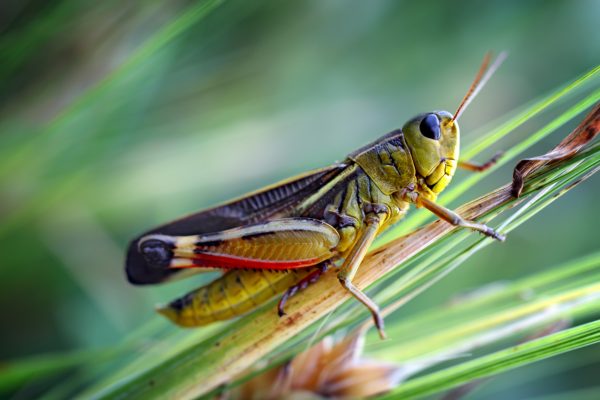
You can roast the grasshopper, or you can also eat this insect while it is still raw (although roasting would be safer and probably preferable for most people). Reports by people who have eaten grasshoppers state that they, surprisingly enough, taste like chicken.
Termites
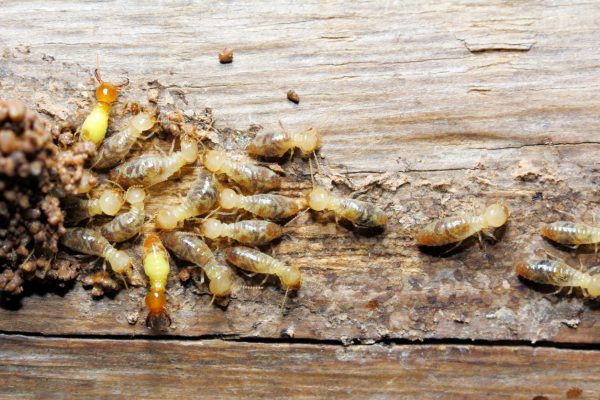
Tearing up rotten wood may seem like a lot of work, but the reward is worth it. Termites are known for their high caloric content. These pale-colored, ant-like insects provide approximately six calories per gram. You will, however, have to work to get them.
These little ones scurry for cover each time you damage the wood in which they reside. Roast them in a dry pan, bake in the form of a dough, or boil them as a stew to get a protein-rich boost.
Snakes
Snakes are unpleasant and frightening to some people and delicious for others. If you do not like snakes so much, just imagine that snake meat is a very small but long rib. Snake meat will provide proteins for you; it is a typical survival food and is already highlighted as significant during survival training for soldiers.
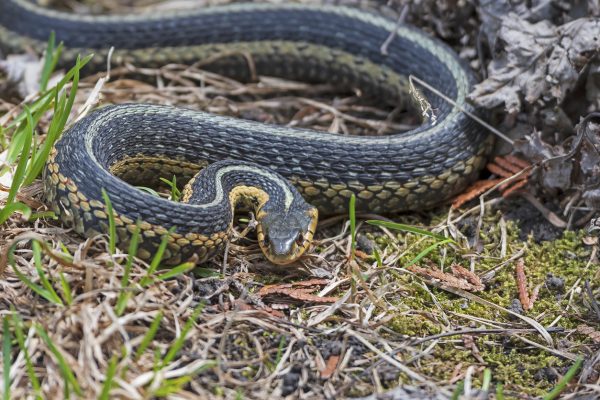
Before eating a snake, make sure you cut its head off because it is highly hazardous. Cut at least six inches back behind the head in poisonous species, as this prevents you from cutting the poison glands. Do not bother with coral snake species as hunting them is totally not worth it.
Coral snakes are far too dangerous compared with the small amount of available meat, and their poisonous organs traverse a quarter of the length of their body. If it is another poisonous species, bury the head of the snake to avoid accidents, because the severed heads can inject poison if they are stepped on. Also, cut the belly open and remove the contents.
Use the contents of the belly for a trap or as fish bait; it is not too palatable for humans. Remove the skin, wash the meat, and either cook it whole or cut it into sections. If you’re grilling snake meat, do not overcook it. It will dry quickly and will become tough to chew. While it tastes better roasted, it will be more tender if it is simmered, like in a soup or stew.
